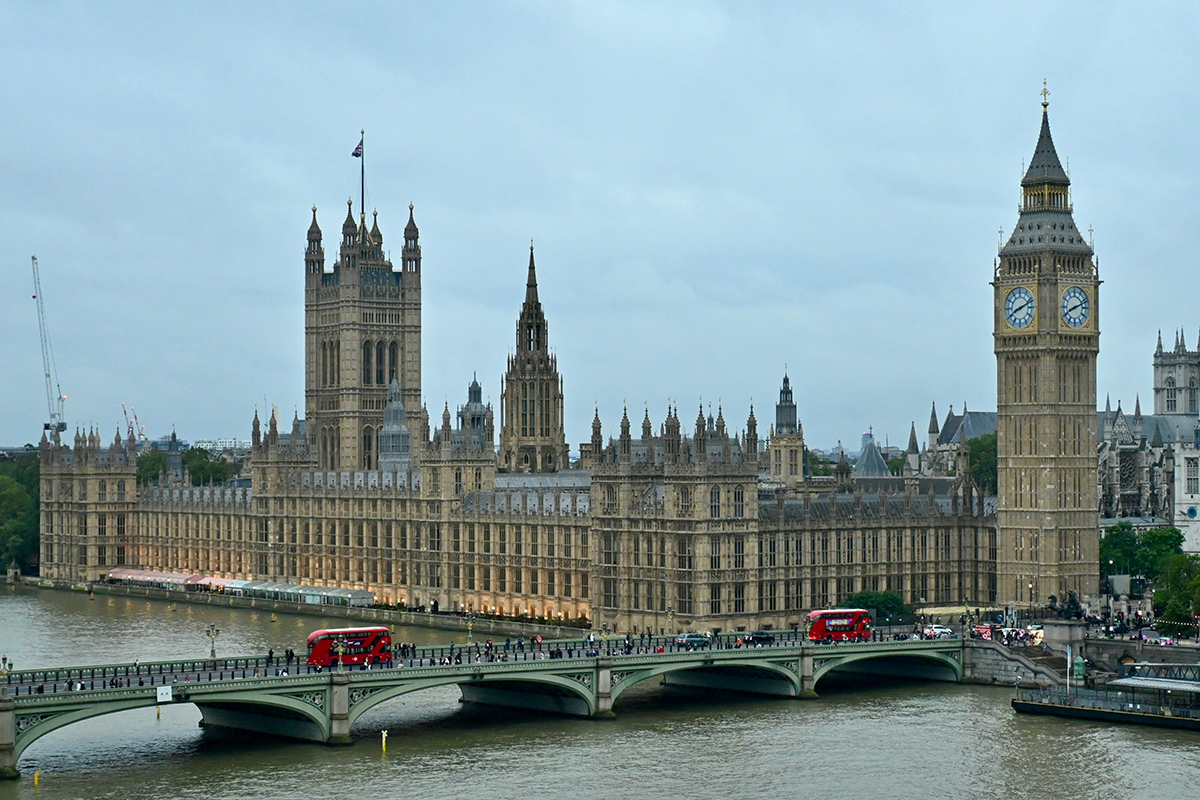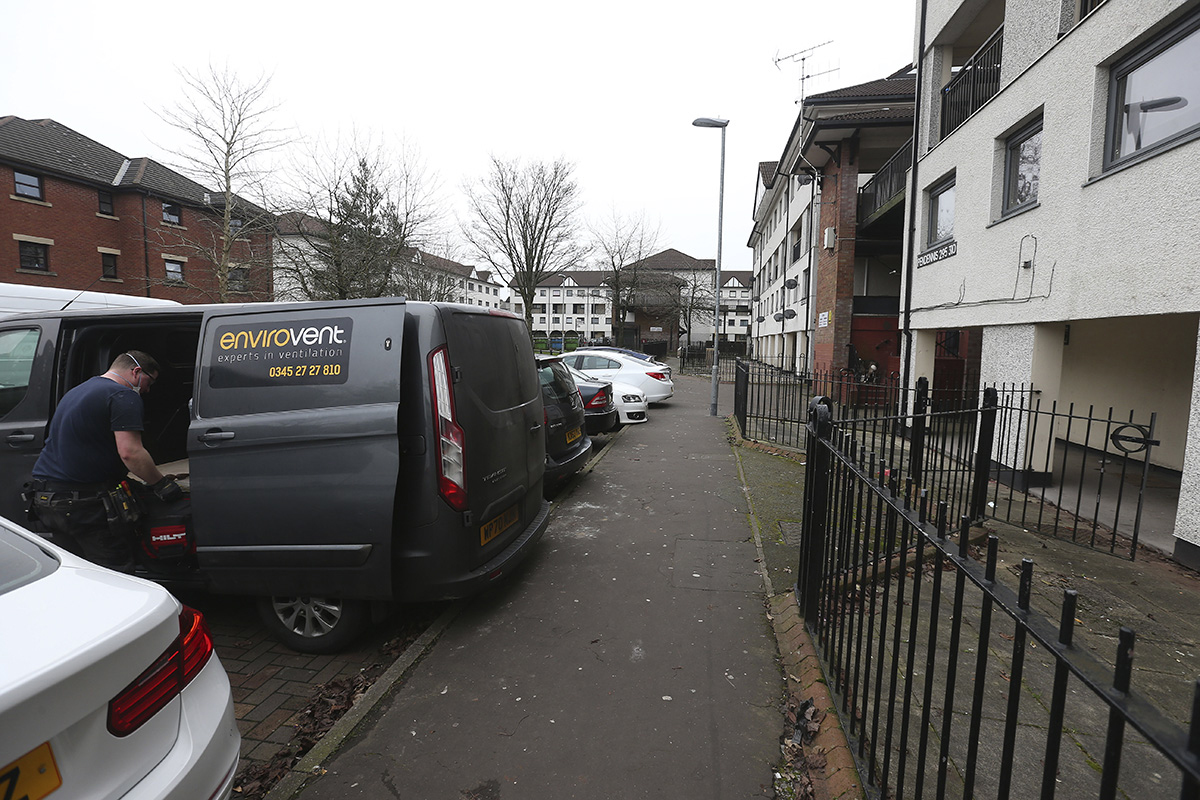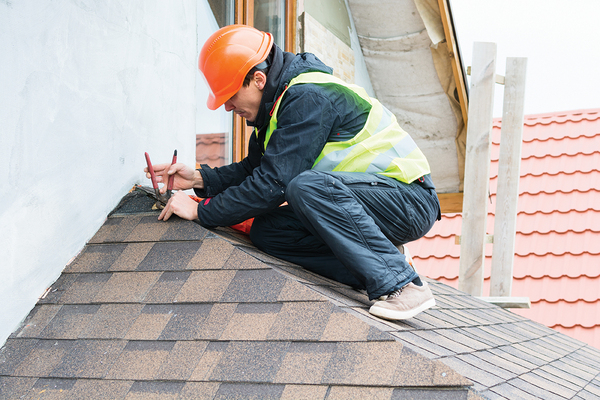Government ‘vastly underestimated’ cost of implementing Awaab’s Law
The government is planning to update its impact assessment for Awaab’s Law after acknowledging feedback from the social housing sector that it “vastly underestimated” how much implementing the regulation will cost.
A government official said the Ministry of Housing, Communities and Local Government had received over 1,000 responses to a consultation on the law and was now finalising its requirements.
“We’ve heard that the consultation-stage impact assessment vastly underestimated the costs associated with [the law],” she told delegates at the National Housing Maintenance Forum conference.
“That is something we have listened to and we are working through, and we’ll update in due course when we publish the government response.”
The government is still to publish a response to the consultation and provide a final-stage impact assessment.
Awaab’s Law, named after two-year-old Awaab Ishak, who died from prolonged exposure to mould in a housing association flat, will force social landlords to respond to hazards in strict timeframes.
The law is already on the statute books under the Social Housing (Regulation) Act 2023, but secondary legislation is required to implement it across the social housing sector.
The government also confirmed it had not yet made decisions on key details, including the implementation stage and the two sets of guidance that will be published for social landlords and residents.
“No decisions have been taken yet with regard to the implementation period, but the intention is that there would be time between the regulations being laid and the certainty of the policy, and when landlords would be expected to comply,” the official said.
“We would definitely welcome any views on the length of an implementation period. We really want to strike the right balance between delivering this quickly, but also making sure that it is deliverable and does actually have the long-term outcomes,” she said.
The consultation document proposes that providers be given 14 days to start an investigation after receiving a report of a hazard, seven days to take action to fix a hazard and 24 hours to fix an emergency hazard.
The official said the government understood that the 24-hours timeframe “is quite common practice within the sector anyway, but this would be about actually solidifying that in legislation”.
Providers will be required to keep thorough records of attempts to comply, which will form part of a landlord’s defence if legal action is taken.
“I think this is very important. I know there are a lot of challenges out there around access,” she said.
She added that the government had “heard” the sector about timescales being tight.
“We’re also very alive to the risk of an increase in claims farming with setting new timescales for repairs. We are working through all of that and having conversations with other government departments and finding solutions to address this.”
The official said the government would welcome input from the sector on what the guidance for social landlords should look like.
The guidance will include “what is meant by a significant risk of harm”, as well as “how Awaab’s Law will interact with different legislative requirements and other government guidance”, she said.
Once the law comes into effect, it will apply to all registered providers, with residents able to take their landlords to court if they do not meet the new requirements.
The next steps for the law are for regulations to be laid in parliament, debated in both houses and then enter into effect, though there are no dates in the calendar so far.
In November, the Housing Ombudsman urged landlords to overcome their “alarming complacency” around hazards ahead of the introduction of Awaab’s Law.
Sign up for our asset management newsletter
Already have an account? Click here to manage your newsletters












